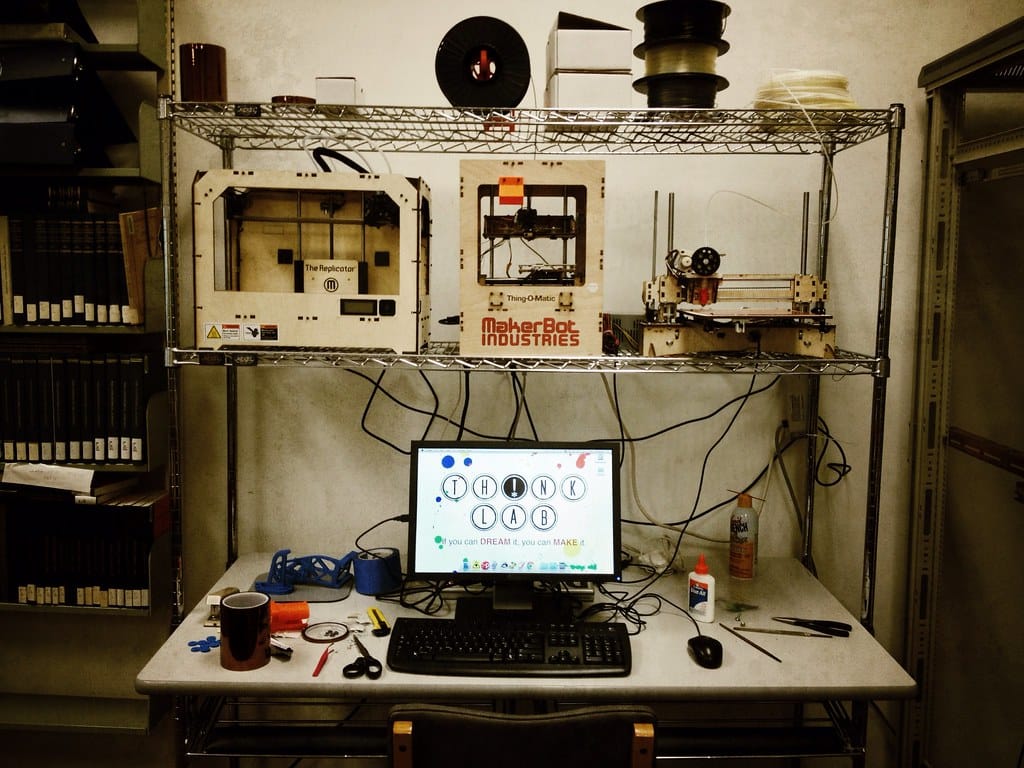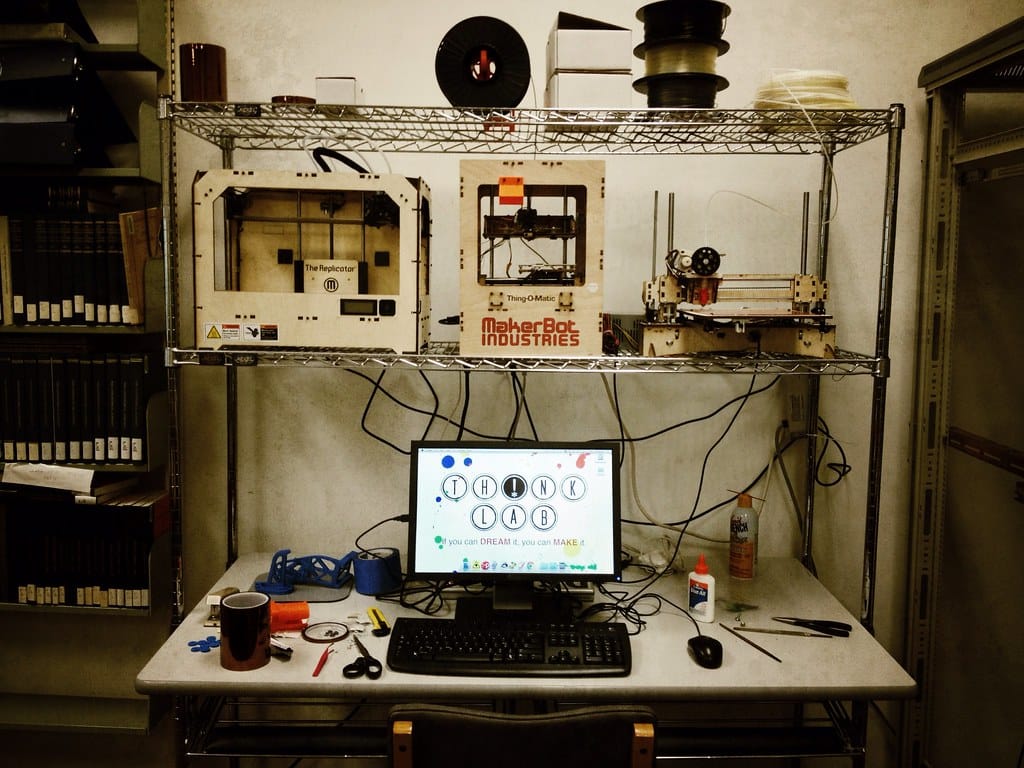Anker Exits 3D Printing Market: What This Means for Makers and the Industry
Consumer electronics giant Anker has quietly withdrawn from the 3D printing market, removing its AnkerMake line from official sales channels and signaling a significant retreat from what many considered a promising venture into desktop manufacturing.
The company, best known for its charging accessories and smart home devices, launched the AnkerMake brand in 2022 with considerable fanfare, positioning itself as a premium alternative to established 3D printer manufacturers like Bambu Lab and Prusa Research. However, recent investigations reveal that Anker has ceased production and sales of its 3D printing products, marking an unexpected end to its brief foray into the maker space.
The Rise and Fall of AnkerMake
Anker's entry into 3D printing seemed strategically sound. The company leveraged its reputation for reliable consumer electronics and strong customer support to target hobbyists and professionals seeking hassle-free 3D printing experiences. The AnkerMake M5, their flagship model, boasted impressive print speeds and integrated AI-powered monitoring systems that aligned with Anker's tech-forward brand identity.
The printer launched with a retail price of $799, positioning it in the competitive mid-range segment. Early reviews praised its build quality and user-friendly setup, typical of Anker's approach to consumer electronics. The company promoted features like automatic bed leveling, filament runout detection, and smartphone app integration – all designed to reduce the technical barriers that often discourage newcomers to 3D printing.
Market Challenges and Competition
Despite initial promise, Anker faced intense competition in an increasingly crowded 3D printing market. Companies like Bambu Lab revolutionized the space with their X1 Carbon and A1 mini printers, offering superior print quality, faster speeds, and innovative features like automatic material systems and cloud-based slicing.
The 3D printing market has also become highly price-sensitive, with Chinese manufacturers like Creality and ELEGOO offering capable machines at sub-$300 price points. This created a challenging middle ground for Anker's premium-priced offerings, which struggled to justify their cost premium against both budget alternatives and feature-rich high-end competitors.
Industry analysts suggest that Anker may have underestimated the technical complexity and ongoing software development required to remain competitive in 3D printing. Unlike smartphone chargers or Bluetooth speakers, 3D printers require continuous firmware updates, slicer software development, and extensive customer support for troubleshooting print quality issues.
Impact on Existing Customers
Current AnkerMake owners face uncertainty regarding long-term support, software updates, and spare parts availability. While Anker has historically maintained good customer service for its discontinued products, the company has not yet issued an official statement about ongoing support for existing 3D printer users.
This situation highlights a broader risk in the 3D printing ecosystem, where smaller manufacturers or those treating 3D printing as a side business may exit the market, leaving customers with orphaned hardware. The 3D printing community has typically addressed such scenarios through open-source firmware development and third-party support networks, though AnkerMake's proprietary systems may limit these options.
Broader Industry Implications
Anker's exit reflects the maturation and consolidation happening within the desktop 3D printing market. As the technology becomes more mainstream, success increasingly depends on specialized expertise rather than general consumer electronics capabilities.
The withdrawal also demonstrates the challenge traditional electronics companies face when entering maker-focused markets. Success in 3D printing requires deep understanding of manufacturing processes, materials science, and the unique needs of maker communities – expertise that doesn't necessarily transfer from other consumer electronics categories.
Looking Forward
For the 3D printing industry, Anker's departure removes a potentially stabilizing force that could have brought greater mainstream adoption through retail distribution and brand recognition. However, it also eliminates a competitor that was struggling to differentiate itself in an increasingly sophisticated market.
The exit serves as a reminder for potential 3D printer buyers to consider long-term support and company commitment when making purchasing decisions. Established players like Prusa Research, Ultimaker (now part of MakerBot), and newer innovators like Bambu Lab continue to demonstrate the technical focus and community engagement necessary for sustained success in this space.
Anker's retreat from 3D printing ultimately reflects the reality that success in specialized manufacturing markets requires more than strong brand recognition and manufacturing capabilities – it demands deep technical expertise and long-term commitment to serving demanding maker communities.

